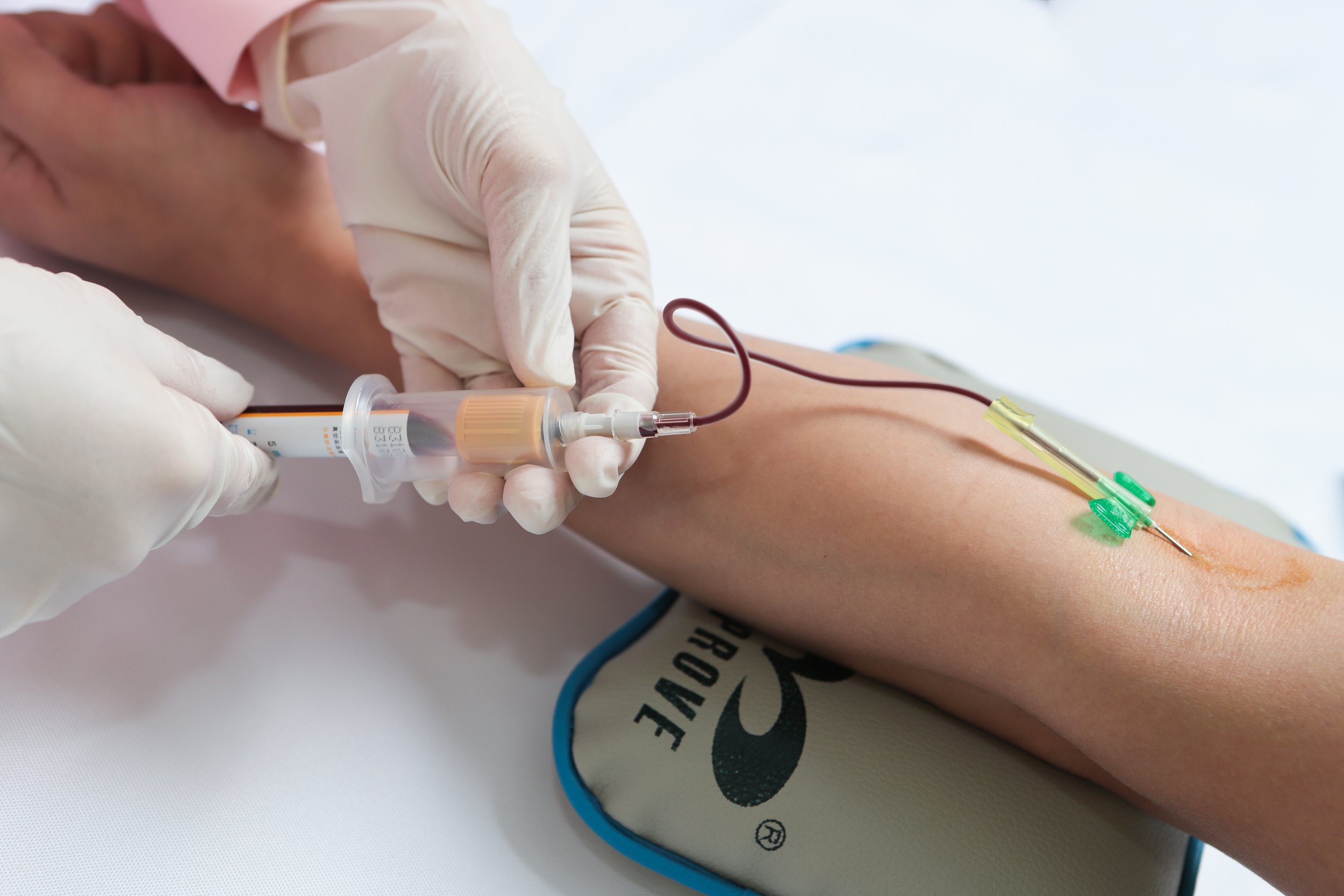Insurance Coverage Challenges for Phlebotomists in Dental Health: Addressing Reimbursement Issues and Communication Barriers
Summary
- Insurance Coverage for phlebotomy services in dental health is limited and varies depending on the type of insurance plan.
- Phlebotomists may face challenges in obtaining Reimbursement from dental insurance companies for their services.
- Improving communication and education between dental professionals and insurance providers is key to addressing coverage issues for phlebotomists in dental health.
Introduction
Phlebotomists play a crucial role in healthcare settings by collecting blood samples for laboratory testing. While their services are essential in various medical fields, including dentistry, coverage issues can arise in dental health. In this article, we will explore the challenges that phlebotomists face in obtaining insurance Reimbursement for their services in dental settings.
Insurance Coverage
Insurance Coverage for phlebotomy services in dental health can vary depending on the type of insurance plan. Here are some key coverage issues that phlebotomists may encounter:
Limited Coverage
Many dental insurance plans do not provide coverage for phlebotomy services, as these are typically considered medical procedures rather than dental procedures. This lack of coverage can result in challenges for phlebotomists trying to obtain Reimbursement for their services.
Out-of-Network Providers
Phlebotomists who are not part of a dental practice may be considered out-of-network providers by insurance companies, which can further complicate the Reimbursement process. Patients may be required to pay out-of-pocket for phlebotomy services if their insurance plan does not cover these services.
Pre-Authorization Requirements
Some insurance plans may require pre-authorization for phlebotomy services in dental health, which can delay the Reimbursement process. Phlebotomists may need to work closely with dental professionals and insurance companies to ensure that the necessary pre-authorization is obtained before providing their services.
Challenges for Phlebotomists
Phlebotomists face several challenges when it comes to Insurance Coverage for their services in dental health. These challenges can impact their ability to provide quality care to patients and receive fair compensation for their work. Some common challenges include:
Reimbursement Denials
Phlebotomists may experience Reimbursement denials from dental insurance companies for various reasons, such as lack of coverage or incorrect billing codes. These denials can result in financial losses for phlebotomists and impact their willingness to provide services in dental settings.
Lack of Education
Many dental professionals and insurance providers may not fully understand the role of phlebotomists in dental health and the importance of their services. This lack of education can lead to confusion and misunderstandings regarding Insurance Coverage for phlebotomy services in dental settings.
Communication Barriers
Poor communication between phlebotomists, dental professionals, and insurance companies can also contribute to coverage issues in dental health. Clear and effective communication is essential to ensure that all parties are on the same page regarding Insurance Coverage for phlebotomy services.
Addressing Coverage Issues
To address coverage issues for phlebotomists in dental health, the following strategies can be employed:
- Education and Training: Providing education and training to dental professionals and insurance providers about the role of phlebotomists in dental health can help improve understanding and mitigate coverage issues.
- Streamlined Processes: Implementing streamlined processes for obtaining pre-authorization and submitting claims for phlebotomy services can expedite the Reimbursement process and reduce delays.
- Collaborative Approach: Encouraging collaboration and communication between phlebotomists, dental professionals, and insurance companies can help identify and address coverage issues proactively.
Conclusion
Coverage issues for phlebotomists in dental health can present challenges but can be addressed through education, communication, and collaboration. By working together to improve understanding and streamline processes, phlebotomists can ensure fair Reimbursement for their services in dental settings.

Disclaimer: The content provided on this blog is for informational purposes only, reflecting the personal opinions and insights of the author(s) on the topics. The information provided should not be used for diagnosing or treating a health problem or disease, and those seeking personal medical advice should consult with a licensed physician. Always seek the advice of your doctor or other qualified health provider regarding a medical condition. Never disregard professional medical advice or delay in seeking it because of something you have read on this website. If you think you may have a medical emergency, call 911 or go to the nearest emergency room immediately. No physician-patient relationship is created by this web site or its use. No contributors to this web site make any representations, express or implied, with respect to the information provided herein or to its use. While we strive to share accurate and up-to-date information, we cannot guarantee the completeness, reliability, or accuracy of the content. The blog may also include links to external websites and resources for the convenience of our readers. Please note that linking to other sites does not imply endorsement of their content, practices, or services by us. Readers should use their discretion and judgment while exploring any external links and resources mentioned on this blog.
